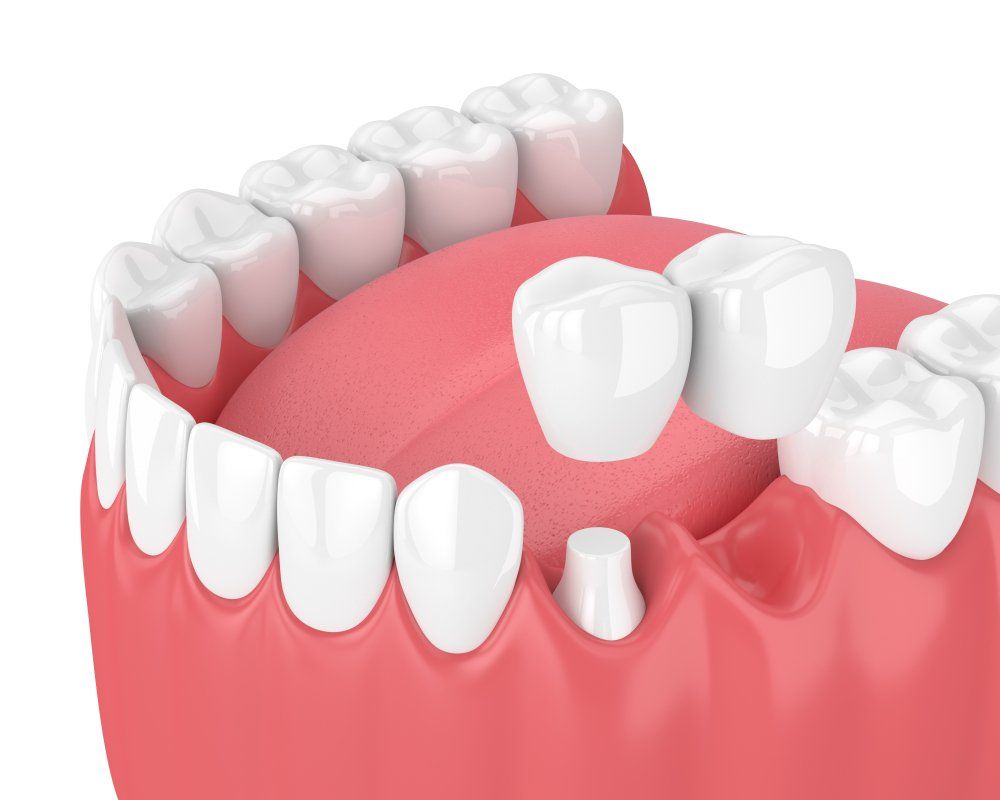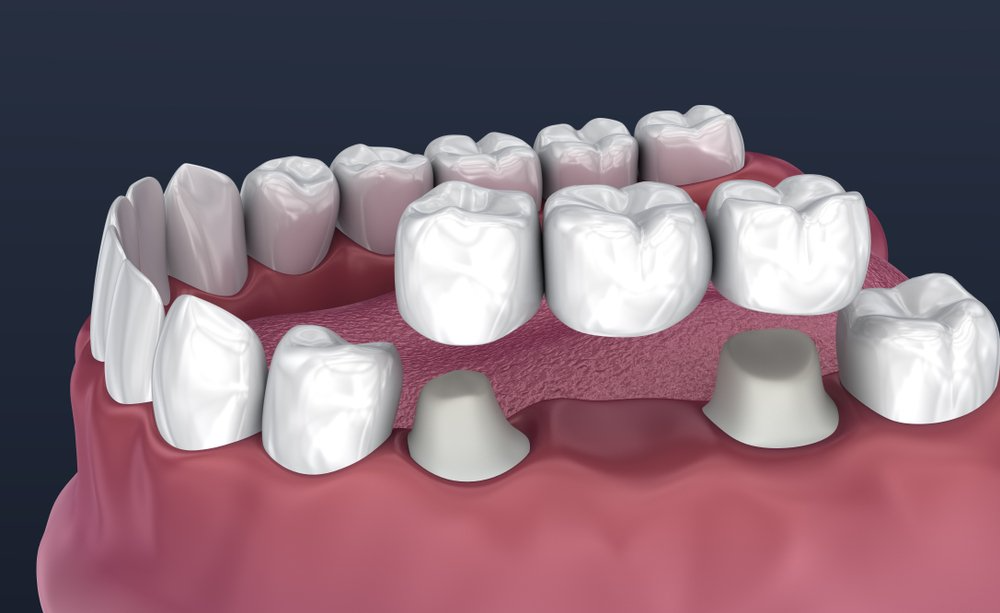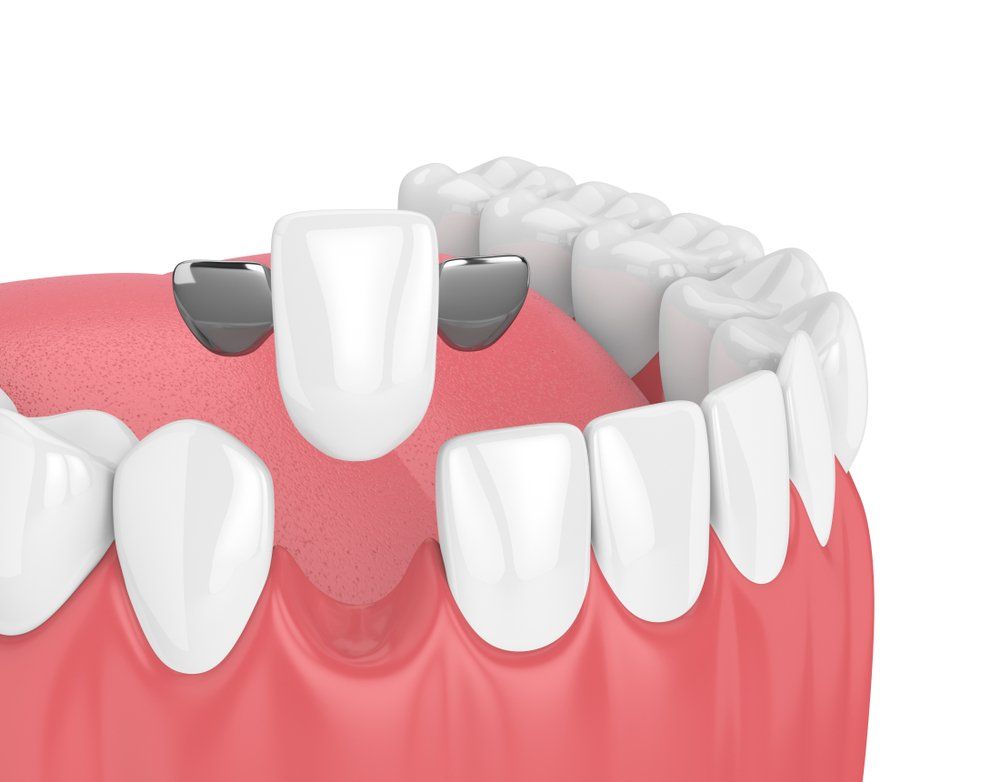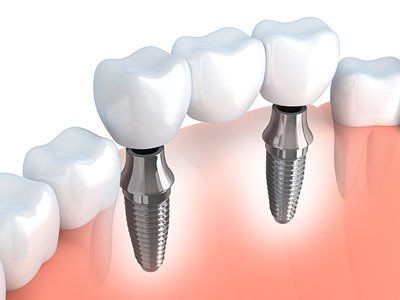Restorative Dentistry In Toronto | Jane And Bloor
Restorative dentistry is the term dental professionals use to explain how they replace missing or affected teeth. Fillings, crowns (“caps”), bridges, and implants are common restorative procedures. The goal is to bring back your natural smile and prevent future oral health issues. Restorative procedures help patients with keeping their teeth properly aligned, preventing plaque build-up, and boosting their appearance and self-esteem.
Dental Crown
A dental crown is a custom-made cover that fits over an original tooth that has either been decayed, damaged, or cracked, and is used to fully cover a portion of tooth that lies above the gumline. Crowns are made from a variety of different materials such as porcelain, gold, acrylic resin, or a mix of these materials. Porcelain generally has the most natural appearance, although it is often less durable. Most crowns nowadays are made with a white-based ceramic, and Zirconia ceramic has been reported to have the highest level of mechanical properties. Zirconia bases can be used with a porcelain outer layer to deliver great esthetic outcomes. The treatment plan for a crown involves:
- Numbing your tooth to remove any decay
- Sculpturing your tooth to provide an ideal fit for a dental crown
- Making an impression of your teeth in order to create a custom-made crown (usually takes 1-2-weeks)
- Making a temporary crown out of acrylic resin and fitting it onto your affected tooth
- Applying the custom-made crown by removing the temporary crown
- After ensuring the crown has the proper look and fit, our dentist cements it into place
This process generally consists of 2-3 visits over a 3-4-week period. Once the procedure is completed, proper dental hygiene, including daily brushing and flossing, is required to maintain healthy, bacteria-free teeth, gums, and crowns. This helps in the prevention of gum disease. Given proper care, your crowns can last a lifetime.
Dental Bridge
A dental bridge is a permanent appliance that replaces a missing tooth or missing teeth, and are an alternative to partial dentures. Dental bridges are made up of several pieces that are fused together to fit into the open space where your tooth or teeth used to be. They serve both practical and aesthetic purposes, enabling you to eat and speak as well as restoring your smile.
The bridge itself can be made of several different types of material, including gold, alloys, or porcelain. When replacing a front tooth, porcelain is most often the material of choice because it can be matched to your natural tooth color.
The artificial teeth used in dental bridges are called pontics. You will have a pontic for each missing tooth, created to be close in shape and size to the missing one(s). Pontics are anchored to a tooth or teeth next to the gap (called abutment teeth) or to a dental implant.
Traditional Fixed Bridge | This is the most common type of bridge. It includes a crown on either side of the pontic(s).
Resin-Bonded Bridge | This is often used to replace front teeth. Instead of crowns, it uses porcelain or metal frameworks with "wings" that are bonded to the back of your teeth on either side of the gap.
Implant-Supported Bridge | An implant for each missing tooth is surgically embedded into your jawbone, in one procedure. The bridge, which contains the pontics, is placed over them in a later procedure.
Cantilever Bridge | When only one side of the gap contains a natural tooth, the pontic(s) are anchored by a single crown on that natural tooth.




